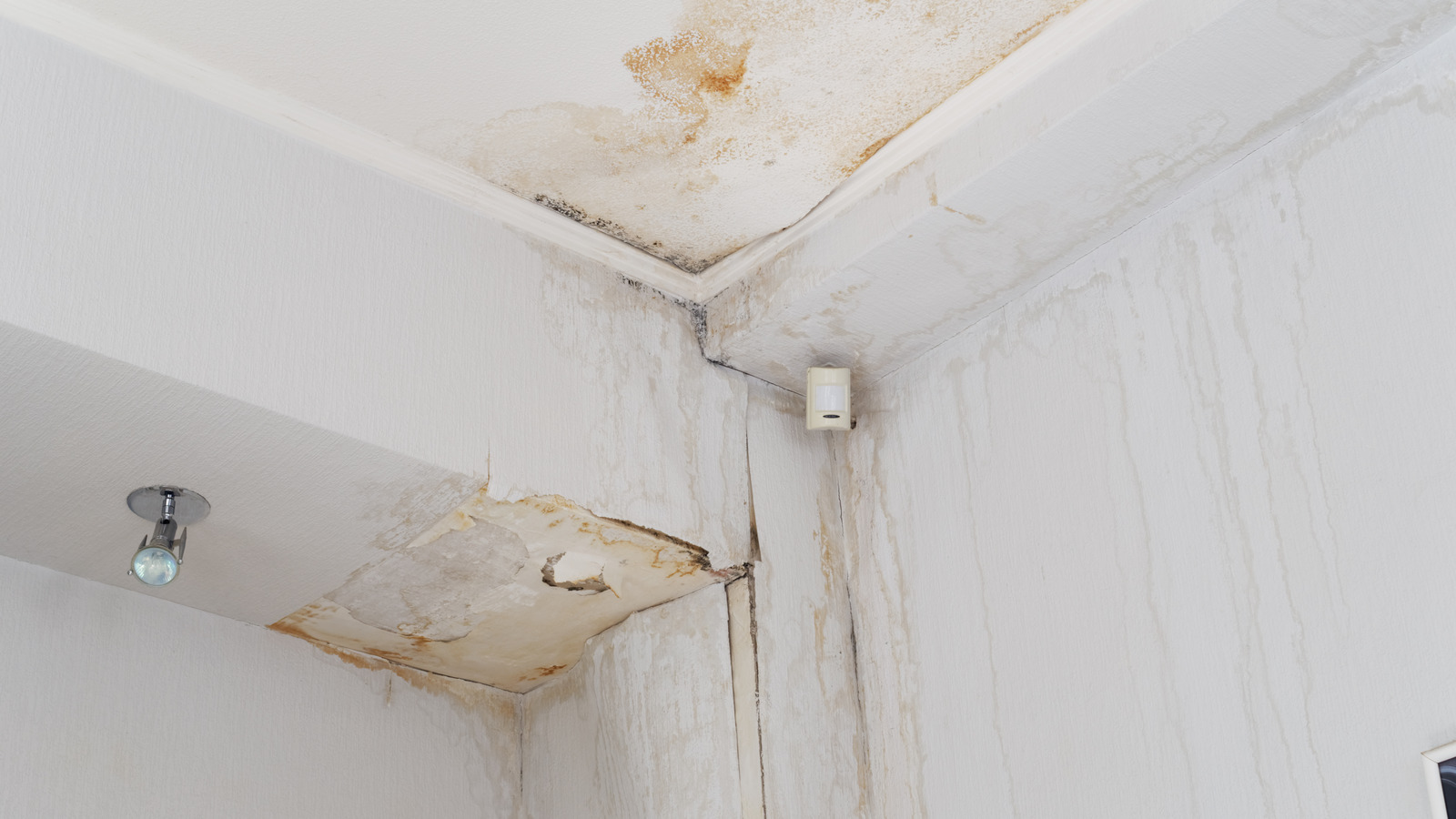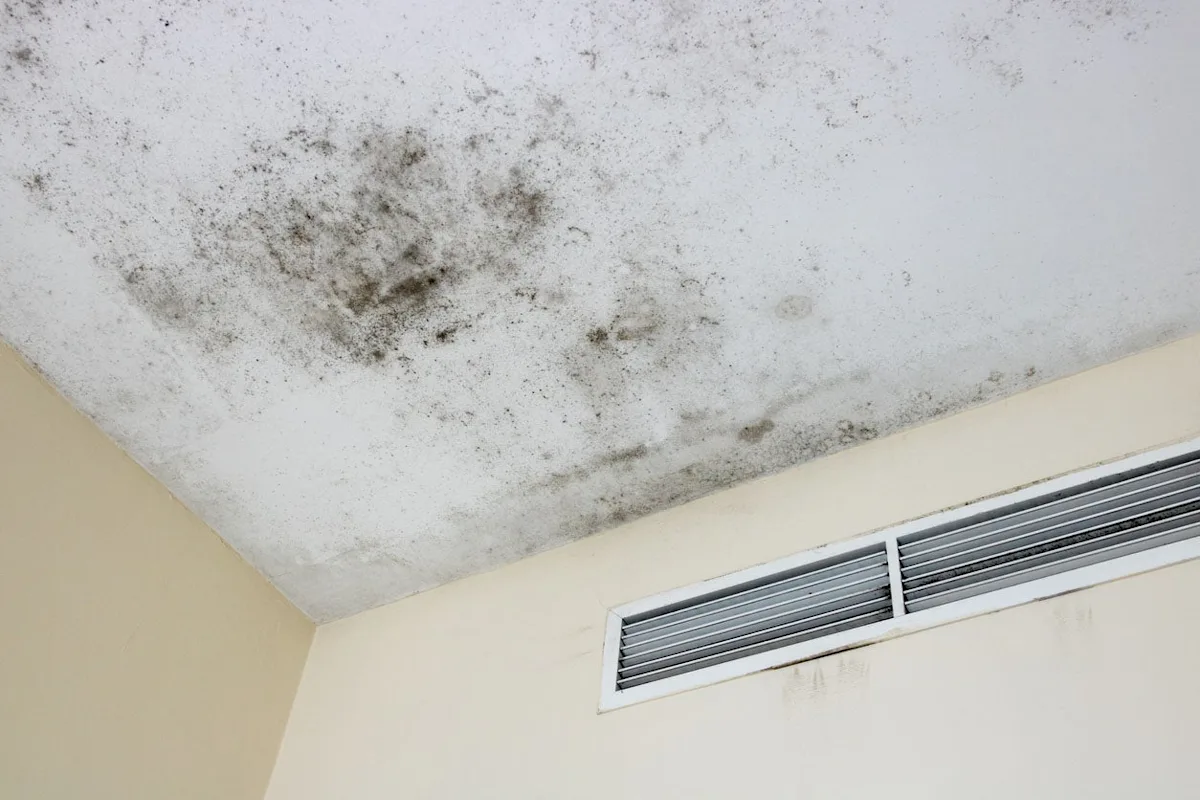When your home shows signs of mold, one big question pops up: does homeowners insurance cover mold? Here at Illinois Insurance Center, we help you shop over 20+ insurance carriers to find the best fit. We’ll walk you through how mold coverage works in homeowner insurance, what gaps to watch out for, and how you can protect yourself.

What “Does Homeowners Insurance Cover Mold” Really Mean?
In plain terms, when we ask does homeowners insurance cover mold, we’re asking whether a standard homeowner policy will pay for mold damage, mold removal, or the repairs that come with mold. The answer isn’t a simple “yes” or “no”, it depends a lot on how the mold got there, how your policy is written, and what endorsements your policy includes.
Here’s how to think about it:
- If mold appears because of a covered event (for example, a burst pipe flooding a room), then the damage from that event, and any mold that results, may be covered.
- If mold appears because of long-term neglect (for example, a slow leak behind the wall that was ignored), then the mold damage is likely not covered.
- Standard homeowner policies often exclude mold damage if the cause is something like flooding, sewer backup, or humidity/condensation, unless you add special coverage.
Because your policy details matter so much, we at Illinois Insurance Center will help you compare what each carrier offers, what limits or endorsements apply, and what your premium will be.
When does homeowners insurance cover mold?

Here are some scenarios in which mold might be covered, and what you should ask your agent (or we can ask on your behalf):
- A pipe bursts suddenly and floods the basement. You report it quickly, have the damage mitigated, and then mold grows because of that water. Since the burst pipe is a sudden covered peril, your policy may cover the water damage and resulting mold.
- A tree falls in a storm and damages the roof. Rain comes in, damages drywall, moisture sets in, mold appears. Because the storm damage is a covered event, your policy may apply.
- After a fire in the home, the sprinklers and firehose water saturate walls and ceilings, moisture lingers, and mold forms. The fire and water damage are covered events, so the mold cleanup may be part of the claim.
In these cases you’ll still want to check your policy for things like mold-remediation limits (some policies cap how much they will pay for mold cleanup) and whether the cause is clearly linked to the covered event.
When is Mold Not Covered by Homeowners Insurance?
Now the flip side: here are times when the answer to does homeowners insurance cover mold is likely “no” (or “not by default”):
- The mold developed because of a slow leak that was not fixed. For example: a faucet has been dripping for months, behind drywall, water reserves build up, mold appears. Most companies see that as a maintenance issue, and they’ll deny the mold portion.
- The mold is the result of flooding (storm surge, river overflow) or a sewer backup from outside. If you don’t have specific flood insurance or water-backup endorsements, the mold will usually not be covered.
- The mold is due to high indoor humidity, condensation, or poor ventilation over time. These don’t usually count as sudden or accidental events — they’re considered avoidable by the homeowner.
- Your policy has special exclusions or very low limits for mold removal. Sometimes an insurer will limit mold remediation to $1,000 or $5,000 per occurrence unless you add a mold-endorsement.
If you’re asking is mold covered by insurance, this shows why you can’t assume “yes” — you need to look at the “cause”, the timing, the exclusions, and any extra coverage.
Why the Difference Matters for You as a Homeowner
Understanding does homeowners insurance cover mold matters because:
- Mold cleanup can be very expensive. If it’s not covered, you may face big out-of-pocket costs.
- You may have to act fast. If a leak happens, drying out the area quickly and reporting the damage promptly helps your claim.
- The condition of your home (maintenance, prompt repairs, ventilation) matters to the insurance company. Neglect = bad news when you claim.
- You might need extra endorsements or add-ons to your homeowners policy to cover mold risks that are otherwise excluded.
At Illinois Insurance Center, we’ll help you compare carriers and check their wording on mold, fungi, rot and similar issues — because policies vary significantly.
What You Should Ask When Shopping for Homeowners Insurance (or Reviewing Your Current Policy)
When you’re working with us to find home insurance through Illinois Insurance Center, make sure you ask:
-
Does the policy include any mold or fungi coverage as standard?
Ask how that coverage works — what’s the dollar limit, what “perils” trigger it.
-
Under what circumstances is mold covered?
Is the mold only covered if it results from a “sudden and accidental” event? What events are those?
-
What exclusions apply to mold, fungi, rot, or wet/dry decay
For example: slow leaks, poor maintenance, floods, sewer backups, condensation.
-
Are there endorsements you can buy for mold coverage or water-backup coverage?
Some carriers offer a “fungi, wet/dry rot” endorsement or a “water backup & sump discharge” endorsement.
-
What maintenance responsibilities do I have to meet to keep coverage valid?
For instance: fix leaks promptly, maintain gutters, ventilate damp spaces, avoid carpets in basements.
-
How will the carrier treat a claim involving mold?
What is the deductible? What documentation will they require (photos, mold testing, professional remediation)?
-
Does the policy cover mold in content (personal property) or only structure?
If mold grows on furniture, carpet, clothing, etc., is that covered? Or only the physical structure of the home?
By checking these items, you’ll get clear answers to does homeowners insurance cover mold for your specific situation. And we at Illinois Insurance Center will help you compare offerings from our 20+ carriers to find the best trade-off between coverage and cost.
Tips to Prevent Mold and Make your Home Insurable
Even with insurance coverage, preventing mold is far cheaper and easier than dealing with the damage. A few practical tips:
- Inspect your home regularly for leaks — under sinks, around appliances, in basements/crawlspaces.
- Make sure gutters and downspouts direct water away from the foundation.
- Keep indoor humidity below about 50%. Use dehumidifiers in damp rooms, and run exhaust fans in bathrooms and kitchens.
- Promptly repair roof damage, cracked walls, windows or seals so moisture doesn’t creep in.
- After any water intrusion (burst pipe, appliance overflow, storm leak), act fast: remove standing water, dry the area, ventilate. That helps your claim and helps prevent mold growth.
- When you buy or renew your homeowners policy, ask us at Illinois Insurance Center to review the mold/fungi, wet/dry rot wording. Even if you hope you’ll never need it, knowing the coverage is there gives peace of mind.
Contact Illinois Insurance Center for Home Insurance and Renter’s Insurance
So, when you ask does homeowners insurance cover mold, know that the answer depends on how the mold got there, what your policy says, and whether you took prompt action. At Illinois Insurance Center, we’ll shop multiple carriers for you, compare what each policy offers, and help you pick the protection that makes sense for your home. We’ll also help you understand any mold-related gaps and what you need to do to keep your coverage solid.
If you’d like to talk about your home insurance options — or review your current policy with mold in mind — reach out to us at (708) 524-4900 or visit our Contact page. We serve homeowners across Illinois in many communities — see our full list of service areas here: Areas We Serve, and would be glad to help you secure the right coverage.
Let us help you feel confident that your home is protected.
Frequently Asked Questions
Q: If mold appears after a flood, is it covered?
A: Usually not. Standard homeowners insurance excludes flood damage, and that means mold caused by flooding is typically excluded unless you have a separate flood policy.
Q: My policy says “sudden and accidental” water damage is covered. Does that mean mold that grew later is covered?
A: Possibly — if the underlying water event qualifies and you took prompt action to dry the area. But if the mold emerged because the home was left damp or the leak wasn’t fixed, coverage may be denied.
Q: Are there limits on how much the insurer will pay for mold remediation?
A: Yes. Many policies impose a dollar cap for mold/fungi coverage, or treat it as an optional endorsement you must buy.
Q: If the cause was poor ventilation and high humidity, will the claim be covered?
A: Most likely not. That’s considered maintenance or gradual damage, which standard policies exclude.
Q: How can I check what my policy covers for mold?
A: Review your policy’s “perils insured against” section, check any endorsements for fungi/mold/rot, note exclusions, and ask an agent whether mold from a specific cause would be covered. We can help you with that review.




